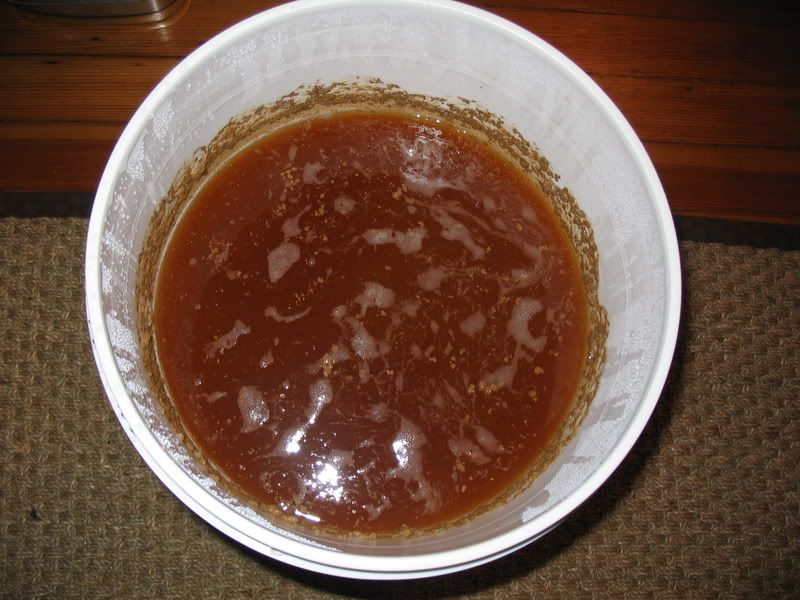It looks like you've already fermented. That ring around the edges is from where the krausten fell. I'd bet your lid doesn't fit completely airtight, so the CO2 is escaping from elsewhere.
So, congradualations, YOU HAVE BEER!. Give it another few days in the primary (prolly 3 - 5), take a gravity reading, and if you've hit your target, rack to secondary for two weeks. Since you have SOME bubbles, it's not completely done fermenting (maybe you sealed it up better this last time), so don't be in a rush to rack it quite yet.



























![Craft A Brew - Safale S-04 Dry Yeast - Fermentis - English Ale Dry Yeast - For English and American Ales and Hard Apple Ciders - Ingredients for Home Brewing - Beer Making Supplies - [1 Pack]](https://m.media-amazon.com/images/I/41fVGNh6JfL._SL500_.jpg)

































